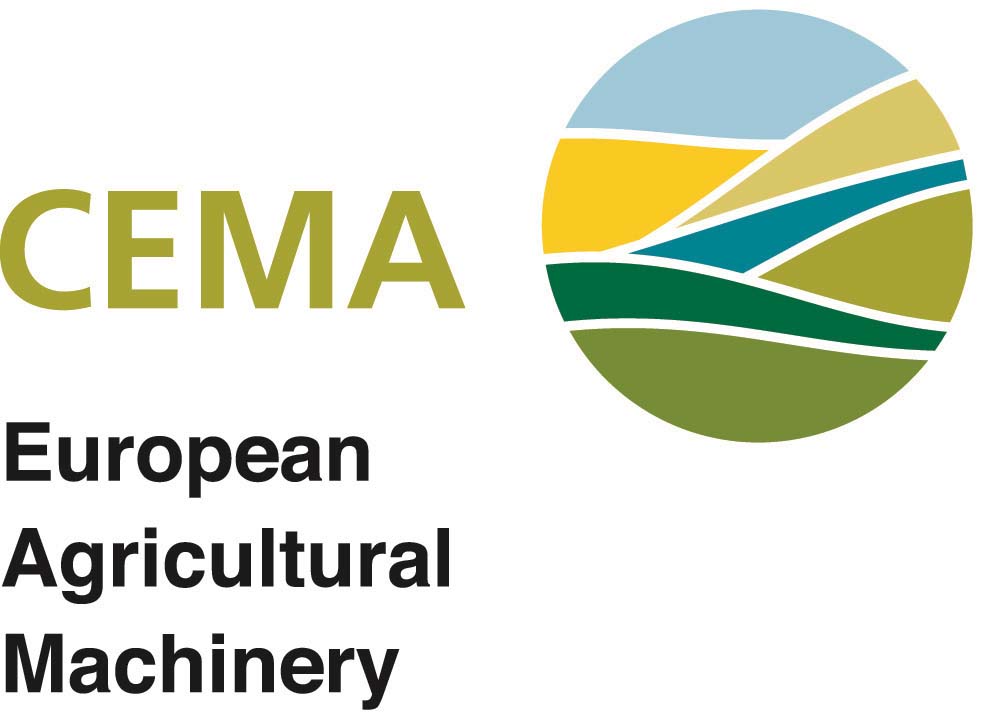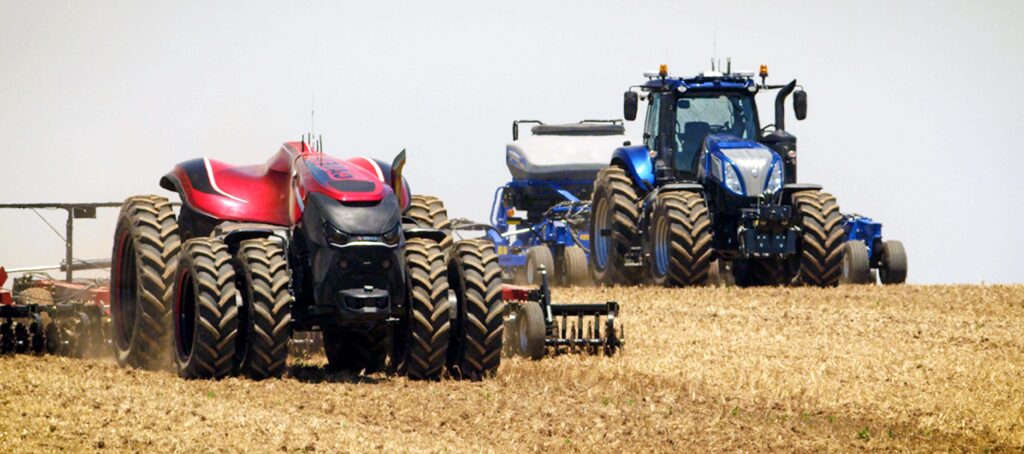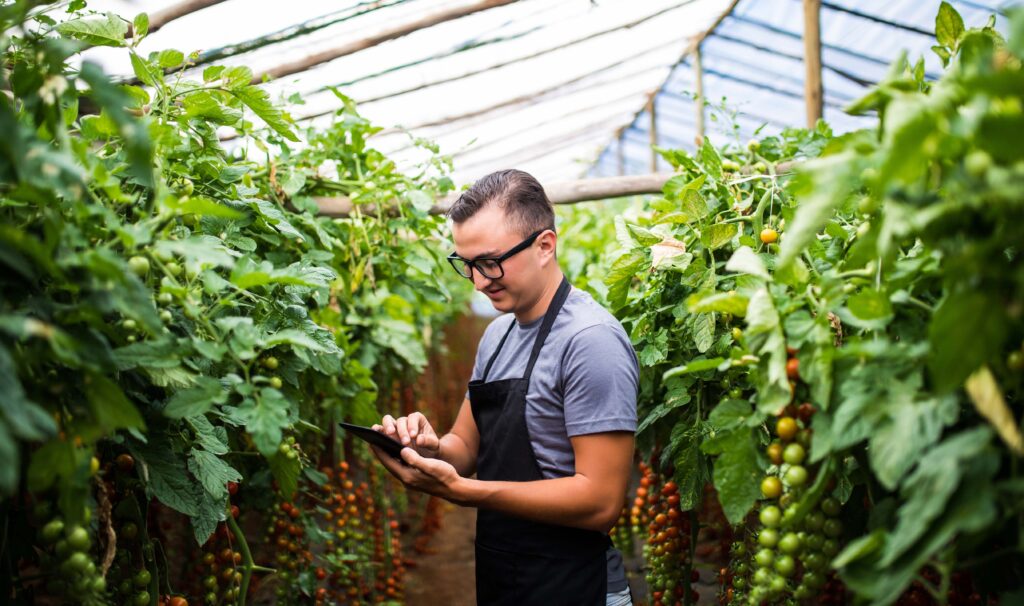Machines today would be able to work autonomously because technologies allow it
The last edition of the International Forum of Agricultural Robotics (FIRA) which took place at the end of the year in Toulouse, France, can be taken as a thermometer of the interest of the agricultural sector in robotics: participation this year was very high and there were many round tables and presentations. So, not only is interest high, but there are many aspects to discuss. Several times during the forum it was reiterated that robotics is technically very advanced and there are solutions that could actually work independently. Indeed, this already happens in part. For example, with small machines and in closed environments such as that of a greenhouse. According to more than one expert, even in the fields, machines today would be able to work autonomously because technologies allow it.
But what still needs to be developed is the right regulatory framework within which it is possible for machines to operate safely and without risk to the environment and people. CEMA, the European Agricultural Machinery Association, was present at FIRA and, through its technical director Ivo Hostens, entered the debate on the need for regulations and standardization for a possible greater diffusion of robotics in Europe and in the world.
The issues to be addressed

Standardizations are necessary for a possible greater diffusion of robotics in Europe and worldwide. More information: https://www.cema-agri.org
«There are two concerns that must be addressed by a manufacturer – explains Ivo Hostens – With what autonomy can I make my machine an added value for my customer? And how safe do I have to make my machine to cover the safety risks of operators and bystanders / animals / property? There is a compromise between added value and cost for working functionality and safety features. The more autonomous a machine is, the lower the involvement of an operator, but the greater the necessary safety features and costs». These are the two main aspects for which machine manufacturers need a solution in order to put autonomous machines on the market and in the fields without hesitation. Is there any legislation able to respond to these requests? «Yes, there is and is the Machinery Directive 2006/42 and the European regulation 167/2013 for tractors. The question is whether they are suitable to respond to manufacturers’ requests for at least the next ten years. The answer is yes, they are also suitable for robots and new technologies because basically the risk is the same. What changes is not the type of risk but rather in which contexts it manifests itself and how it manifests itself. These are precisely the aspects that we must consider today in order to get the machines to work independently and safely in the fields”.

The autonomous tractor concept of CNH Industrial brand Case IH and New Holland Agriculture
(Source: CNH Industrial)
The industry approach
Is it necessary to amend existing legislation to include the above aspects? The approach that CEMA considered most useful was not to modify the existing legislation but rather to define standards. «Our strategy is to bring together the leading industry risk assessment experts and establish an international task force,also involving American (AEM) and Japanese (JAMMA) colleagues. Together we are working to provide ethical guidelines to establish framework conditions and draft basic standards on the levels of automated functions and requirements for sensor systems needed on the machine. We want to develop basic requirements that will fit all machine types, from the smallest to the largest, so that we can provide manufacturers with a basis on which to work and from which to derive specific standards adapted to the different types of machines. In fact, with regard to speed, size, workplace, machines are required different degrees of autonomy and therefore different sensors. Moreover, we want to develop basic standards that can be adopted all over the world, because ours is a global market. This is also why we collaborate with our overseas colleagues». According to CEMA, therefore, standardization is the right way to ensure that global knowledge and methodologies can be developed. «The main concept we want to communicate is that the order of the necessary changes is: first have the standards and then see what changes to legislation are needed».
[su_quote] Ivo Hostens «The main concept we want to convey is that the order of the steps to be taken is first of all to have the standards and then see what changes to the legislation are needed». [/su_quote]
Ivo Hostens «The main concept we want to convey is that the order of the steps to be taken is first of all to have the standards and then see what changes to the legislation are needed». [/su_quote]
The role of standards in industry
A standard is a document that provides requirements, specifications, guidelines or features that can be used to ensure that materials, products, processes, machines and services are tailored to their purpose and are safe, reliable and of good quality. They are strategic tools that reduce costs, minimizing waste and errors in order to increase productivity. They help companies access new markets and facilitate free and fair global trade. A standard is a technical specification or other precise criteria designed to be used as a rule or guideline and can be considered as a summary of best practice. Their creation derives from the experience of stakeholders who represent the meeting between the needs of society and technology, coordinated by standardization bodies. Standardization is an important tool for the market, necessary to ensure and promote the interoperability of products and services, facilitate trade, promote common understanding of a product. What if there are no standards? «For example, a manufacturer can carry out himself a risk assessment for the use of his machines, but having not reference to work on, for excess of scruples he could equip the machine making it very safe but also taking it out of the market for too high costs. We need to establish limits within which all producers can work as equals, so that safety is a common and shared parameter».
Interchange with other sectors
In setting the standards for our industry, should we invent the wheel from scratch? «No. There are many sectors that started long before agriculture to use autonomous machines.
I am thinking, for example, of the mining sector. The mining world certainly has advantages that the agricultural world does not have, for example, the machines move in very confined and always closed environments, without access to the public, which is not true for a field or a vineyard. But from a technological and legislative point of view, however, the agricultural sector can draw many cues from what the mining industry has developed in recent years. Then there is the vast automotive sector that is working to develop different types of sensors to be able to bring autonomous driving on the road. The effort of the automotive sector is very important because it has the numbers to make the sensors cheaper and agriculture will also benefit from this. Finally, there is the strong development that artificial intelligence and IoT are experiencing in many areas of application. These experiences will also change the standards of the agricultural sector».
[su_box title=”The Machinery Directive and the Regulation on the approval of agricultural and forestry tractors” box_color=”#43634b”] The Machinery Directive is a European directive that applies to fixed, mobile, transportable and lifting/moving machinery, although some machines – such as tractors – are excluded from the scope of this directive. This directive sets out the essential requirements in terms of safety and public health that machines must meet during their design, manufacture and operation before being placed on the market. Tractors are not covered by the Machinery Directive but by the European Regulation 167/2013 on the type-approval of agricultural and forestry tractors in which, with regard to safety at work, there is an article – Article 18 – specifically dedicated to safety at work. Being a Regulation, it is directly applicable by Member States without passing through legislative acts of transposition. Both, therefore, these legislative instruments deal with the aspects of public health and safety that also affect robots. For this reason CEMA believes that the path of standardization is the first step to follow. And then, possibly, to see if and what changes are necessary to the legislation.[/su_box]
The Machinery Directive is a European directive that applies to fixed, mobile, transportable and lifting/moving machinery, although some machines – such as tractors – are excluded from the scope of this directive. This directive sets out the essential requirements in terms of safety and public health that machines must meet during their design, manufacture and operation before being placed on the market. Tractors are not covered by the Machinery Directive but by the European Regulation 167/2013 on the type-approval of agricultural and forestry tractors in which, with regard to safety at work, there is an article – Article 18 – specifically dedicated to safety at work. Being a Regulation, it is directly applicable by Member States without passing through legislative acts of transposition. Both, therefore, these legislative instruments deal with the aspects of public health and safety that also affect robots. For this reason CEMA believes that the path of standardization is the first step to follow. And then, possibly, to see if and what changes are necessary to the legislation.[/su_box]
Timing
How long do you think it will take to define globally recognized standards? «Personally I believe that at CEMA we will be able to propose the first draft standards by the end of the year.
Then they will have to be revised by the International Organization for Standardization (ISO) and here the revision will last not less than three years. Very optimistically I could venture to say that in five years we could have the first standards, but it is an optimistic evaluation».
Robots: an essential part for increasingly smart agriculture
Meanwhile, the industry will continue to develop solutions and prototypes. In some cases, the application of the robot is far beyond this stage. In closed environments such as greenhouses or for small machines such as in horticulture, the use of autonomous machines is already a reality « and ensures that some crops are not abandoned » says Ivo Hostens.
«This is the case, for example, of the strawberry cultivation in Belgium, which for economic reasons and working conditions could not exist without robotic integration. Moreover, with the approval of the European Green Deal 2050 strategy and the increasingly pressing need to reduce environmental impact, we can no longer think in the future of an agriculture that does not implement all possible technologies to meet the demands. We need Smart agriculture and robots are an essential tool to make it happen».
Finally, Ivo Hostens concludes: «We shouldn’t learn to run before we can walk: we really need to integrate all our knowledge and skills in the standardization process into a unicum in order to arrive at a solution that applies to all robots in all parts of the world. It is a big effort, but we have the tools to deal with it and above all many good reasons to do it».




